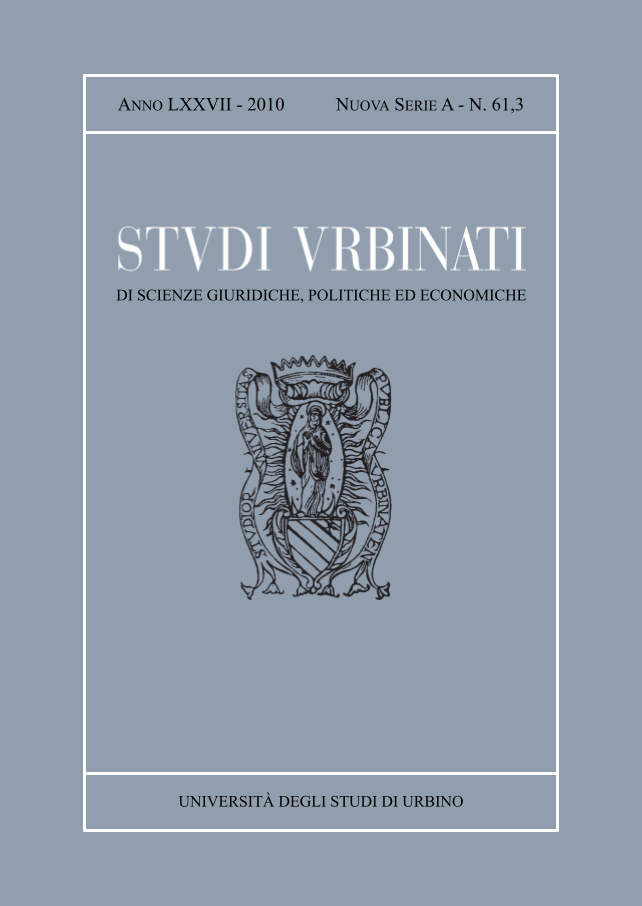Abstract
This essay pays particular attention to Iran’s role in the Anglo-American strategy in the Gulf and in the foreign policy plans of Washington and London. This role changed with the construction of a new equilibrium, made necessary by the London government’s decision to pull its own troops out of that area by 1971.
The text makes a distinction between the interests which were common to the countries of the “special relationship” (which responded to a Cold War logic and which made it necessary to protect the area from possible Soviet penetration) and the specific interests (which reflected the peculiarity of the American and British economies, and which obliged Great Britain to have a global vision which was indissolubly linked to relations with the Commonwealth).
The author intends to demonstrate how Iran played a key role in the parallel paths of both collective interest and specific United States and British interest: not only did the application of the Nixon doctrine in the Gulf elevate Iran to the role of “Police State”, favouring the maintaining of the regional status quo, but it also guaranteed the pursuit of Washington and London’s specific objectives, including the strengthening of the recently created British system. The functioning of the new strategy found fertile grounds in the Shah’s objectives of power and in the availability of petrodollars which he had at his disposal at the start of the 1970s.
The final objective is that of identifying (through the citing of American and British diplomatic sources) the aspects which favoured the meeting of interests between the United States, Great Britain and Iran, and, therefore determined the efficacy of the “Twin Pillars policy”.
L'opera è pubblicata sotto Licenza Creative Commons Attribuzione 4.0 Internazionale (CC-BY)

